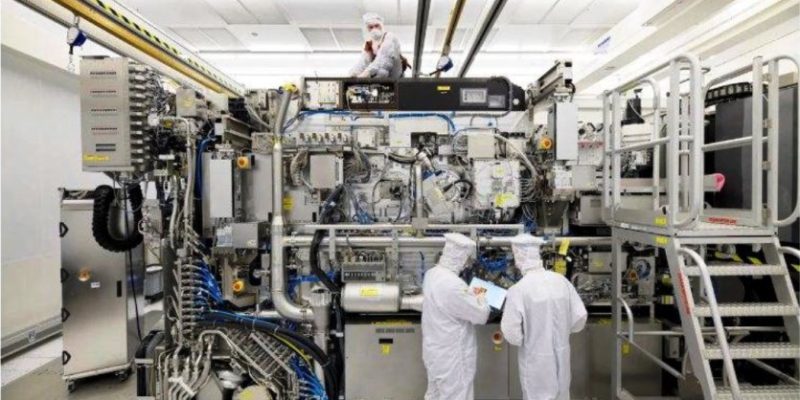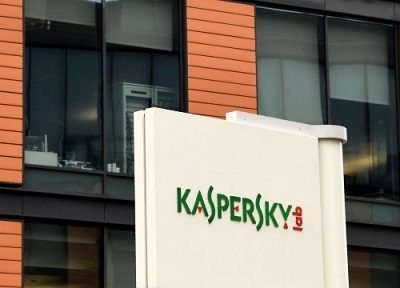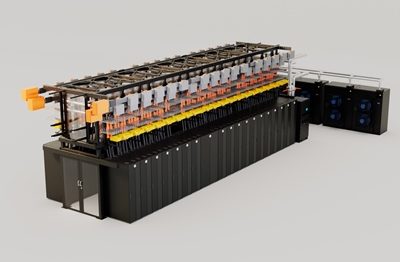- Huawei patents method of making ultra-small microchips closely guarded by the West
China has cracked a microchip design method previously only mastered by the West, in a challenge that could undermine sanctions.
Patent filings reveal that Huawei has made advances in a crucial method of chip manufacture, raising the prospect that the company could eventually start making some of the smallest and most powerful microchips by itself.
Such a development would allow Beijing to skirt Western sanctions. Washington, Brussels and London are currently all blocking access to advanced Western-made computer chips in China over fears the Communist nation could develop new military capabilities beyond the power of Western armies to resist.
RELATED: China counters U.S., pushes new global standards on data security
It comes as China is under pressure to revive its economy, after new data out this weekend revealed a surge in cases of Covid-19 had pushed economic activity to its slowest pace since February 2020.
The sudden reversal of Xi Jinping’s zero-Covid policy – and resulting outbreak of the virus in cities – has forced businesses to shut their doors, figures from the National Bureau of Statistics suggested. China’s manufacturing purchasing managers index fell to 47 in December compared to 48 in November.
Huawei is one of the largest private companies in China. Its patent filing for the microchip technology, made in November but only revealed to the world this month, describes a way of using ultraviolet light to etch a computer chip’s inner workings into a piece of silicon.
Using so-called extreme ultraviolet lithography (EUV) technology, transistors can be created that are just nanometres in size. The most powerful computer chips contain millions of transistors and advances in miniaturisation allow for the creation of hugely powerful chips.
The highly specialised technique has only ever been cracked by Netherlands-based company ASML. A €208bn business, ASML’s chipmaking secrets are jealously guarded by both the company and the West.
Dutch foreign trade minister Liesje Schreinemacher told the country’s parliament in November that ASML’s chip technology was a jewel in the country’s crown to be protected.
US trade sanctions imposed on China this summer specifically targeted EUV technology imports. Dutch officials were leaned on by the US to refuse any export licences to China, according to Bloomberg.
News that local champion Huawei has found a way to develop the chips themselves is likely to spark alarm among Western officials.
Huawei did not respond to a request for comment.
EUV machines each cost between $150m and $300m and are about the size of a London bus. Factories typically need between 9 and 18 machines, driving the cost of new chip plants well into the billions.
ASML’s microchip manufacturing machines are used by world-leading chipmakers such as Intel, Samsung and Taiwanese chip giant TSMC. In January 2022, Intel ordered five EUV machines to help fit out a new chipmaking factory.
Separately on Friday, Huawei said it was “back to business as usual” after two years of disruption triggered by US sanctions.
In an end-of-year message Chairman Eric Xu said the company had emerged from “crisis mode”, saying: “US restrictions are now our new normal, and we’re back to business as usual”.
Former US President Donald Trump imposed sanctions on Huawei in 2019, including a ban on using Google’s Android mobile phone operating system, which Huawei’s consumer smartphone division was reliant upon.
Other Western nations followed with similar bans, including an order from then Prime Minister Boris Johnson to remove Huawei equipment from key British telecommunications infrastructure in 2020.
Restrictions were imposed amid concerns that Huawei could be compelled to work with Beijing and offer backdoor access into security communication systems.
Sanctions sent Huawei’s global revenues plummeting by a third in 2021 but Mr Xu said Huawei’s sales for 2022 were on track to be flat at around 636.9bn yuan (£76.6bn).
Credit: © Telegraph Media Group Limited 2022
COVER IMAGE: Dutch chipmaker ASML uses massive extreme ultraviolet lithography machines to create microscopic transitors used in the most powerful chips Credit: ASML/REUTERS
































